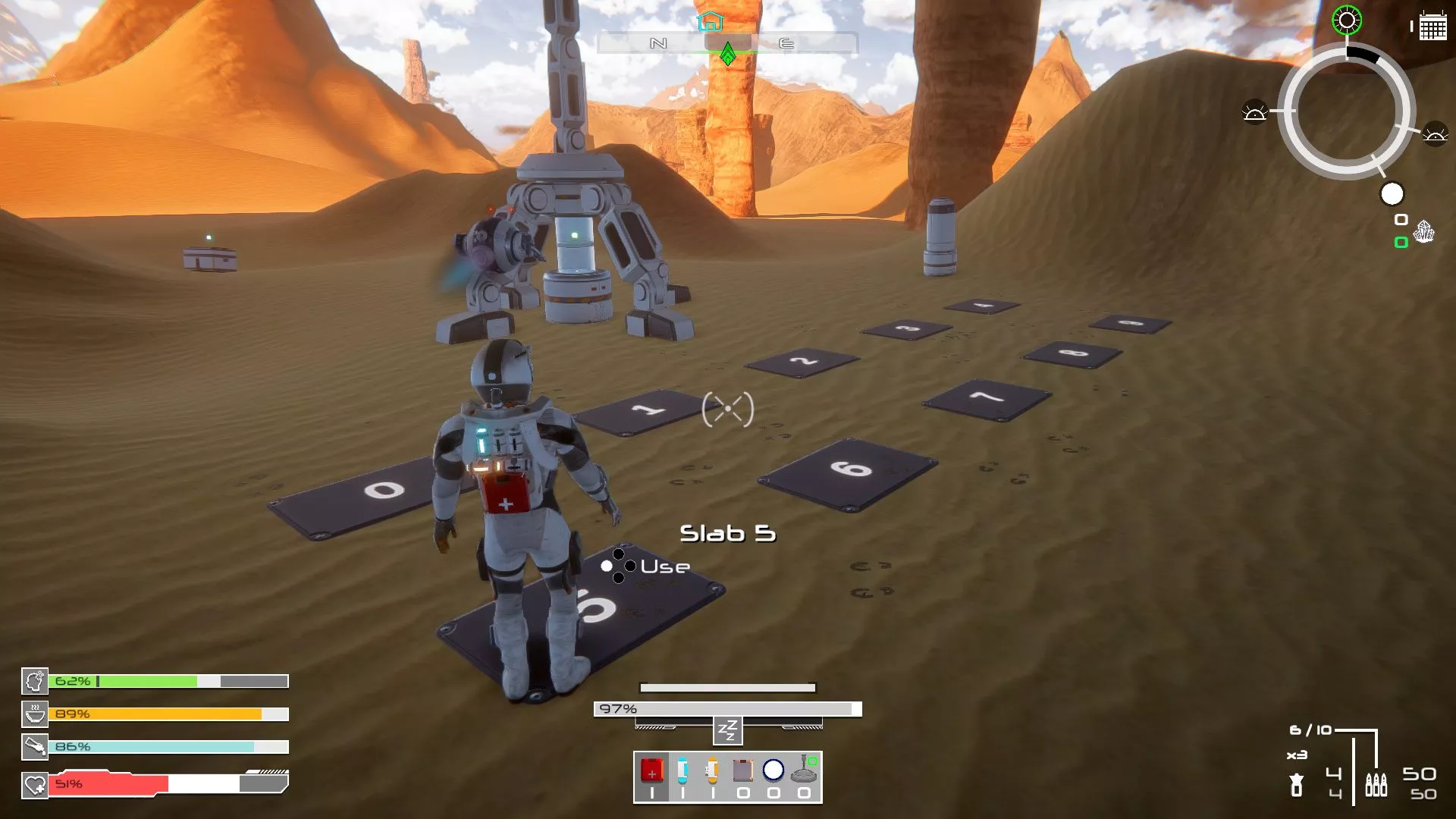The Digital Australia Report 2018 has been released, a result of a partnership of IGEA and Bond University’s Faculty of Society & Design, and with it come a host of insights into Australia’s gaming culture.
The report canvassed 1,234 Australian households and 3,135 individuals of all ages from those homes, chosen at random from the Nielsen Your Voice Panel in March 2017.
Here are some of the key findings of the report:
Who plays video games?
- 67% of Australians play video games.
- 46% of video game players are female.
- 34 years is the average age of video game players.
- 77% of players are aged 18 years or older.
- 43% of those aged 65 and over play video games.
- Adult players have been playing games for an average of 13 years.
How do we play?
- 89 minutes is the average daily total of all gameplay.
- 98 minutes is the average daily total play for males.
- 77 minutes is the average daily total play for females.
- 10 minutes, twice a day is typical for casual gameplay.
- 1 hour, daily is typical for in-depth gameplay.
Games for work and play
- 34% have used games at work to improve job knowledge.
- 26% have used games at work to learn health and safety rules.
- 71% said games in schools can be effective for teaching students.
- 50% said games have been used by their children in the school curriculum.
Livestreaming, video and Esports
- 68% have used walkthroughs, videos or wikis to help their gameplay.
- 28% have posted their own videos of gameplay.
- 33% have watched Esports. Of these players, 52% watch to learn strategies for improved gameplay and 10% watch to follow an Esports team.
Households
- A whopping 97% of homes with children have computer games.
- 60% of households have five or more screens.
- 80% of game households have more than one game device.
- 16% of game households have a virtual reality headset.
- 33% choose not to download games due to data limits.
Respondents said they primarily play games to pass time and have fun.
Interestingly, 33% of those questioned say they avoid digital game purchases due to home broadband data caps, down from 38% in 2015. 27% of respondents said slow speeds and data limits have forced a consideration of an upgraded plan.
“Through the Digital Australia series of audience studies that began in 2005, we’ve shown the proportion of households with games has grown from around 7 in 10 to 9 in 10. We’ve shown that the average player age has gone from the mid-20s to the mid-30s. We’ve shown increasingly equal gender representation among players,” said Bond University’s Professor Jeffrey E. Brand. “We’ve also shown growing awareness and acceptance of the positive potential of games for culture and cohesion, for imagination and social interaction.”
You can access the full Digital Australia Report 2018 here.
This article may contain affiliate links, meaning we could earn a small commission if you click-through and make a purchase. Stevivor is an independent outlet and our journalism is in no way influenced by any advertiser or commercial initiative.























